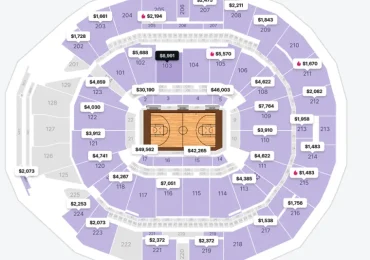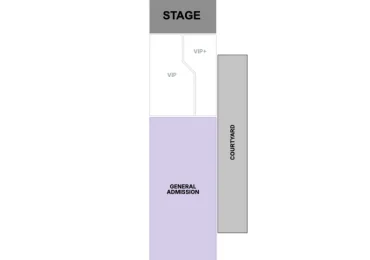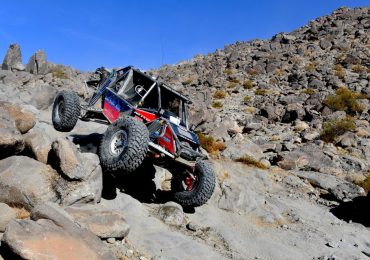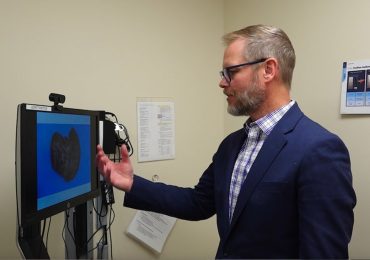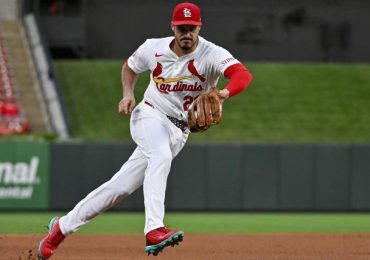The NTT IndyCar Series’ midseason shift to hybrid electric powertrains is its biggest technological change since it introduced turbocharged V6 engines in 2012. There’s a lot to try and understand in the changeover that starts this weekend in Mid-Ohio, so I’ve tried to come up with as many questions and answers as possible to help in the process.
With 65 total Q&A topics to cover, we’ve done Part 1 on the background basics of the energy recovery systems (ERS), and here, we’re running the rest — on a wide range of subjects — if you’re interested in IndyCar’s new hybrid direction.
WILL THE FOUR TEAMS THAT DID MOST OF THE HYBRID TESTING HAVE AN ADVANTAGE?
They should. Frankly, it would be a shock (bad pun alert) if Andretti Global, Arrow McLaren, Chip Ganassi Racing, and Team Penske don’t have a big advantage over the other six teams who’ve done minimal hybrid running by comparison.
And to be fair, hybrid or not, those are also the four teams that win almost every race, especially Ganassi and Penske who did more than anyone, which is why they were chosen by their respective engine suppliers to handle each manufacturer’s ERS testing.
WHY DIDN’T THEY SPREAD THE MAJORITY OF TESTING EQUALLY ACROSS ALL 10 TEAMS?
Because that wouldn’t have gotten the series to going hybrid this weekend. The other six teams were brought into testing once the “final spec” ERS unit was produced. It wasn’t great, but it was by design.
Nike doesn’t develop a new basketball shoe with an NBA player who comes off the bench and scores five points a game. They work with the superstars to develop the best shoe possible before it’s made available to the rest of the players. Same approach here.
IS THERE ANYTHING ON THE CARS THAT WILL INDICATE WHEN THE ERS UNITS ARE FUNCTIONING?
Nope. If you’re familiar with Formula 1 and its hybrid engines, that series uses the lights on the back of the cars to tell drivers and fans when harvesting is being done. Those lights are instructed to flash. In IndyCar, at least for the half-season ahead, the cars won’t tell you when hybrid running is happening.
SO HOW WILL WE KNOW WHEN DRIVERS ARE HARVESTING OR DEPLOYING?
Well, if you’re at the track and watching the cars go by, there’s nothing to alert you to the ERS units being active. But if you look away from the cars and stare at your phone or tablet, there will be notifications available on the TV broadcasts, and via the IndyCar app.
If you’re watching from home, it should be easy to track. If you’re trackside, it will require looking away from what’s in front of you to know when hybridization is happening.
And be ready to see the usage alerts on the app or on NBC/USA/Peacock pop up and disappear in a flash. More on the why, later.
ARE THE ERS UNITS RELIABLE?
There have been some ERS failures in testing with the final-spec units, but they’ve often been down to user error. There’s a new and more complex process involved with starting the cars where the ERS need to be set to a certain state before the MGU is meant to be spun. If, for example, a team wants to plug the external starter in and bump the ICE once or twice with the ignition off to check something, they can’t forget to go through the process to wake up and ready the ERS because rotating the MGU without waking it up — it’s on the same shaft that spins the ICE — will break the MGU.
And if that happens, the car needs to be split at the back of the ICE and the spec bellhousing/ERS unit needs to be changed. FWIW, it’s already happened.
But outside of that, the new ERS units have done more than 20,000 laps and over 32,000 miles of testing, and most of it has been positive. Using recent history as a guide, there’s a reason to have optimism for what’s about to happen over 80 laps on Sunday.
 Fast getaways won’t be because of ERS. Josh Tons/Motorsport Images
Fast getaways won’t be because of ERS. Josh Tons/Motorsport Images
CAN DRIVERS USE THE ENERGY RECOVERY SYSTEM TO START THEIR CARS?
Yes. Will they? Only on rare occasions.
A driver’s ability to use the ERS to fire the internal combustion engines (ICE) is only available when something bad has happened out on the circuit, like spinning and stalling.
SO DRIVERS CAN START THEIR CARS, BUT IT’S LIMITED TO WHEN THEY’RE ON TRACK?
Correct. If you’ve seen and loved the sights and sounds of IMSA’s hybrid GTP cars pulling away from their pit boxes on full EV power for a few seconds before firing up the ICE to take them the rest of the way out…that won’t be happening here.
IndyCar has opted to introduce hybridization in a way that places a lower usage of the system during the half-season ahead. Specifically, the series wants to place as little strain on the MGUs as possible when they aren’t being used on track, and as such, you’ll see mechanics continue to plug in external starters and fire the engines on pit lane and on the starting grid just as they have for decades.
The dawn of IndyCar’s hybrid era will indeed begin with crew members manually starting the cars Friday afternoon…which is interesting.
As well, self-starting while practicing, qualifying, or racing, is limited to road and street courses. Self-starting will be disabled by the series on the ovals.
IF THEY CAN’T LEAVE THE BOX ON EV POWER, WILL DRIVERS USE THE ERS UNITS ELSEWHERE ON PIT LANE?
No, they will not.
Drivers won’t be allowed to enter into pit lane on ERS power, do an EV burnout and launch from their pit box, or use ERS power after they’ve left the box, nor will drivers be allowed to harvest energy while on pit lane. In simple terms, from pit-in to pit-out, IndyCar’s ERS units will be unavailable for use.
The series will manage this by sending signals to the cars from race control, using the same MyLaps communications system that it uses to turn push-to-pass on and off, that tells the same McLaren-TAG 400i engine control unit (ECU) to disable the ERS unit when cars cross the pit-in timing loop, then to enable the ERS when cars cross the pit-out timing loop.


